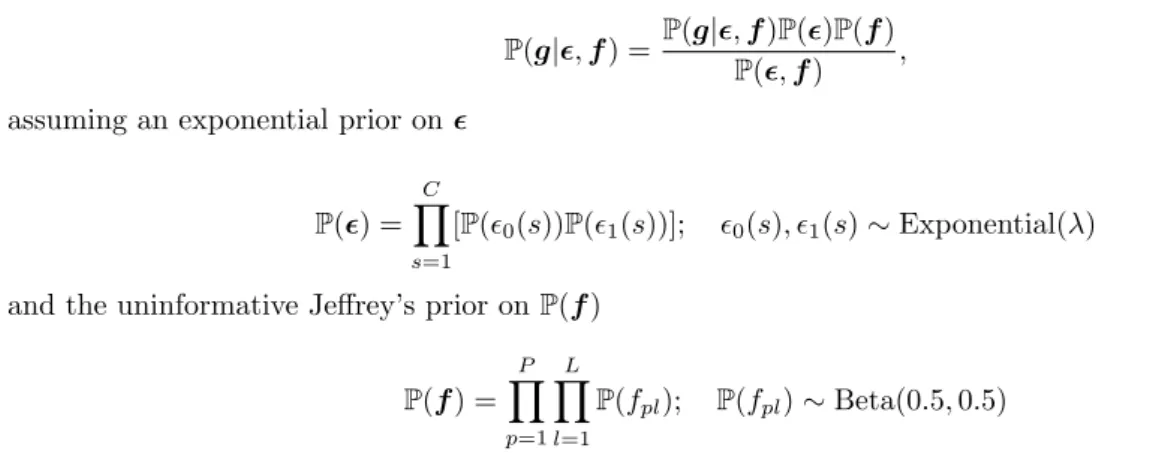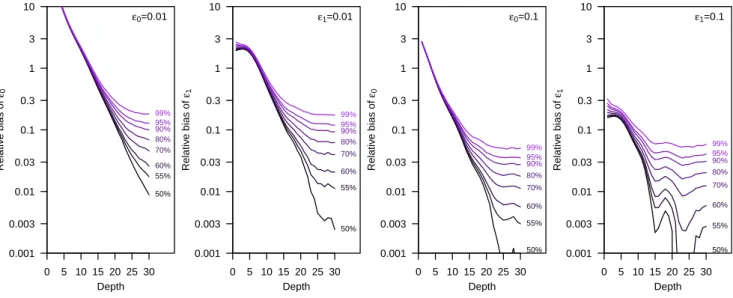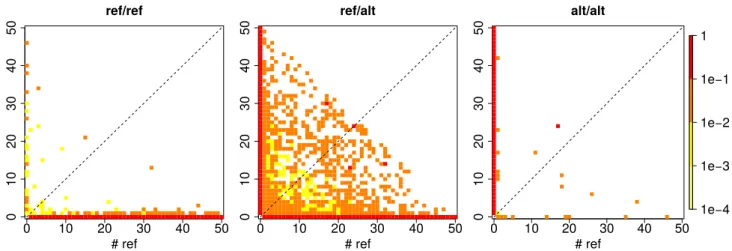Estimating and accounting for genotyping errors in RAD-seq experiments
Texte intégral
Figure



Documents relatifs
The results show in this case that the coefficient of consistence of listeners are much lower than in the first test : once the different samples are determined,
Approximate search of short patterns with high error rates using the 01�0 lossless seeds.. Christophe Vroland, Mikael Salson, Sébastien Bini,
We consider random walks on the line given by a sequence of independent identically distributed jumps belonging to the strict do- main of attraction of a stable distribution, and
Other models are obtained by removing features from Full: all cat- egorical features (disfluencies, sex, syntactic class, start-of-turn), all probability features (unigram and
The investment equivalent cost (sometimes called economic depreciation) represents the loss each year in the discounted economic value. Directly or indirectly, the
In fact, a LoRa frame is indeed rejected if the payload is erroneously decoded (highlighted by (2)), but also if the sync word is not properly estimated (which means the network is
architectures for the integration of satellite and terrestrial networks, and their corresponding advantages, disadvantages, and tradeoffs,. The introduction of ICN
A posteriori implicit residual-type estimators have traditionally been the most commonly used tech- niques to provide bounds of the error of the finite element method,